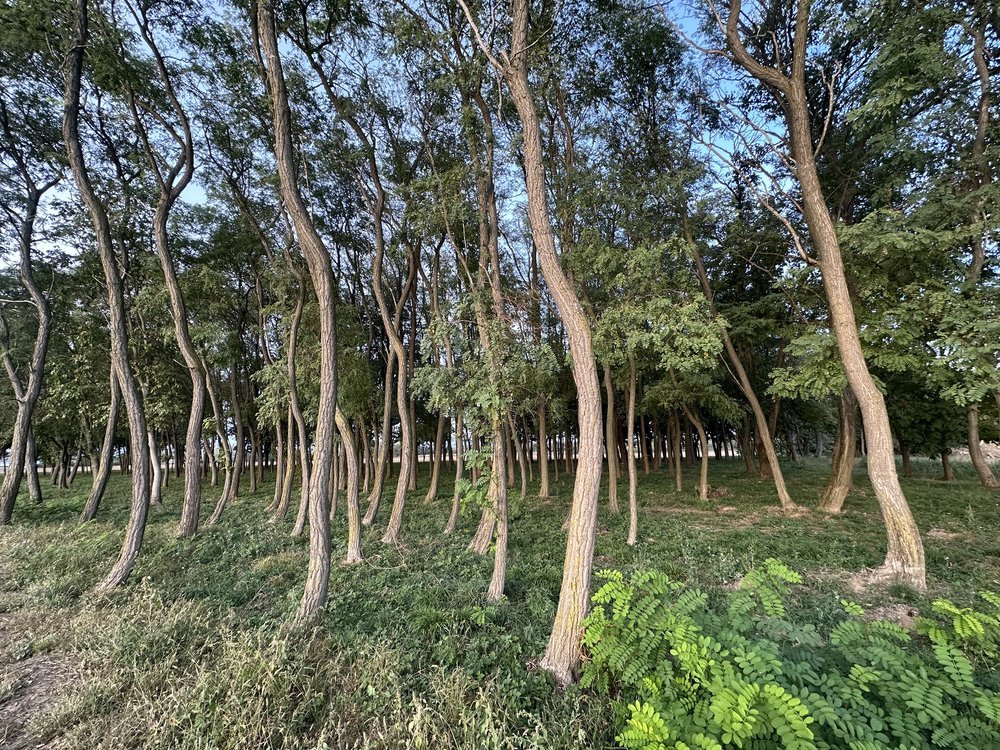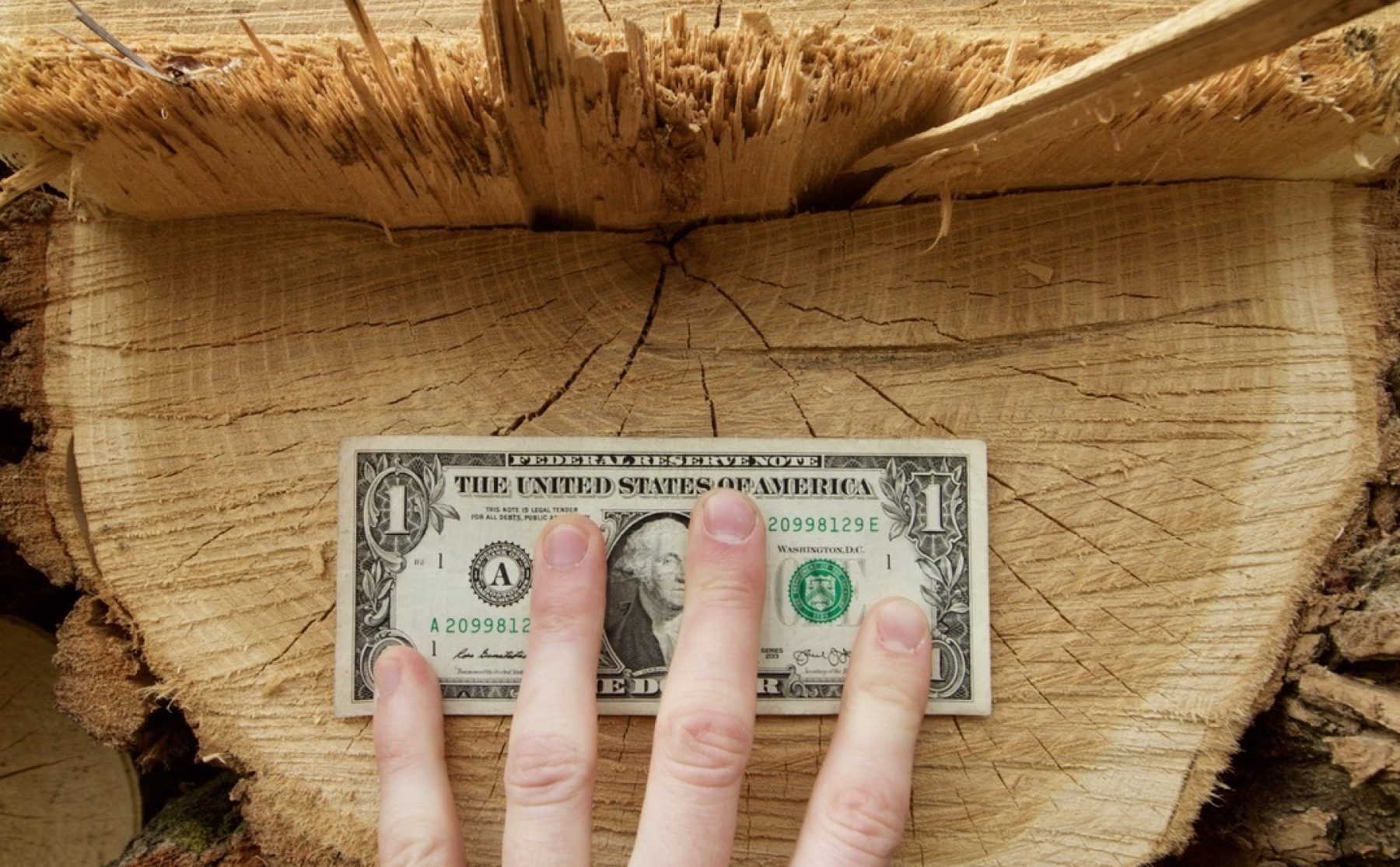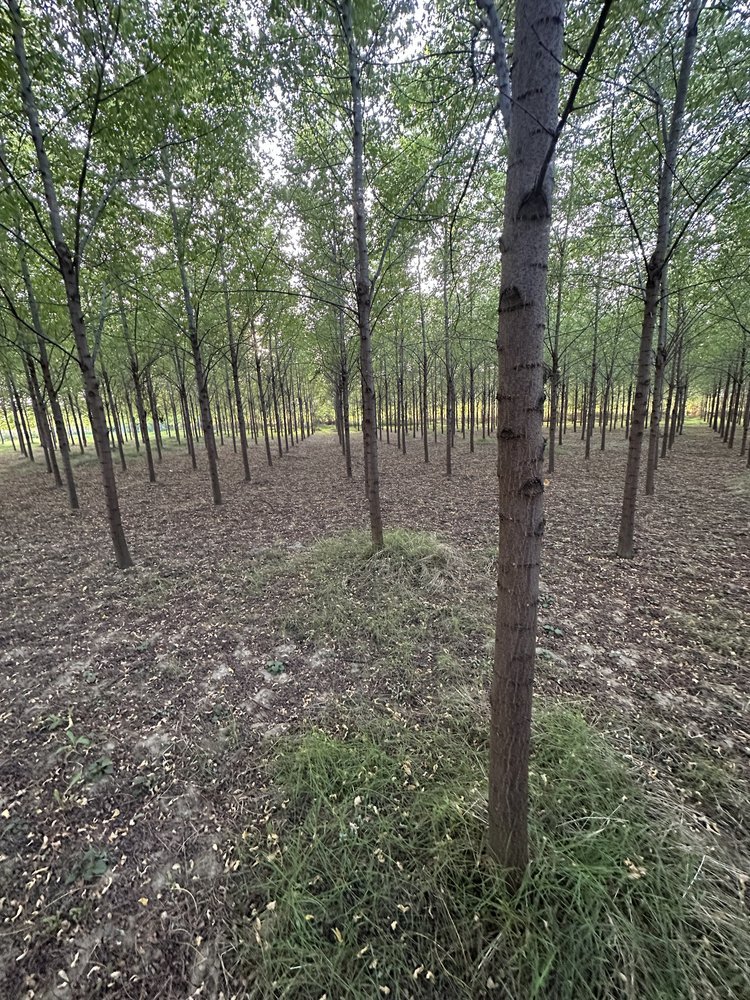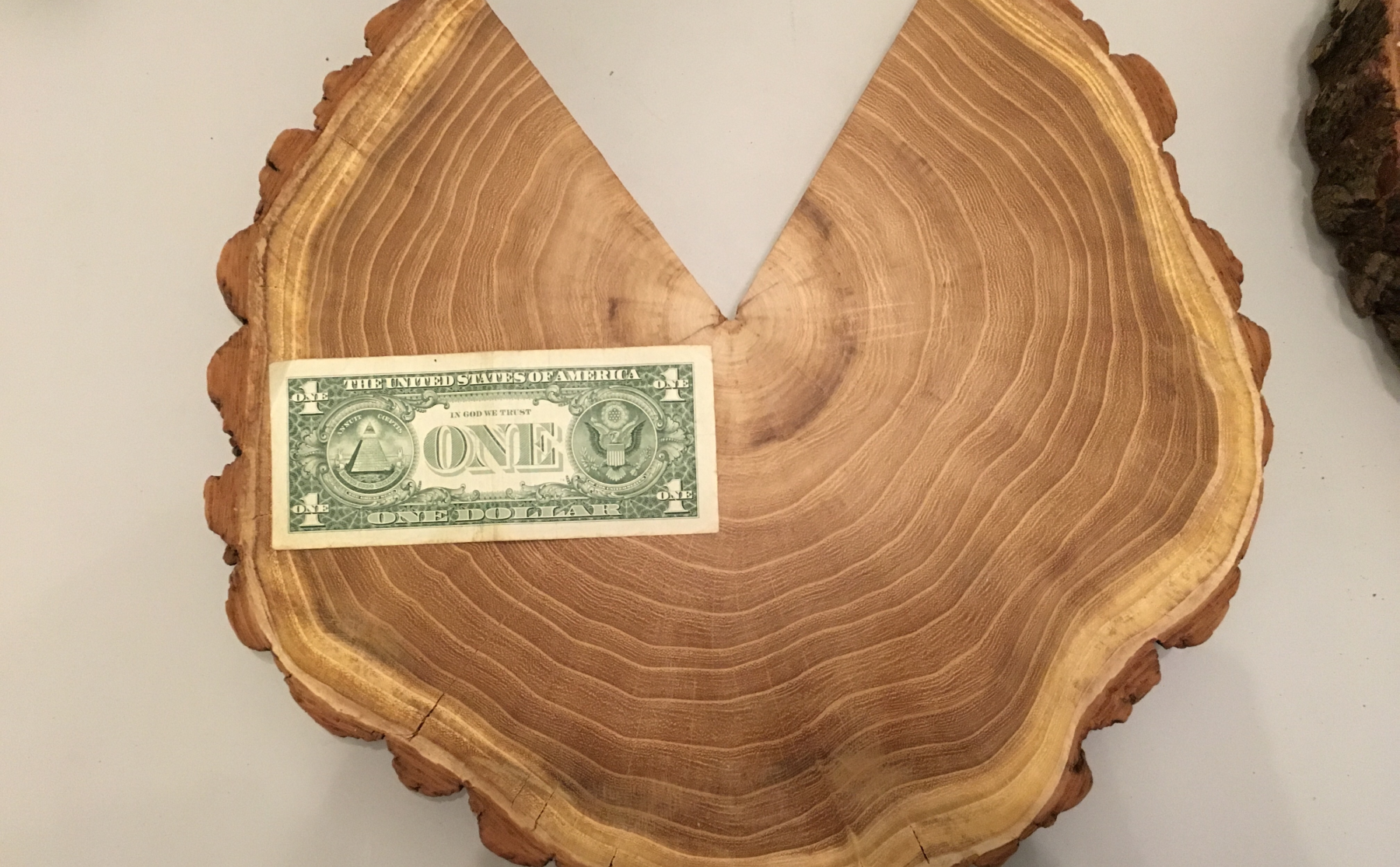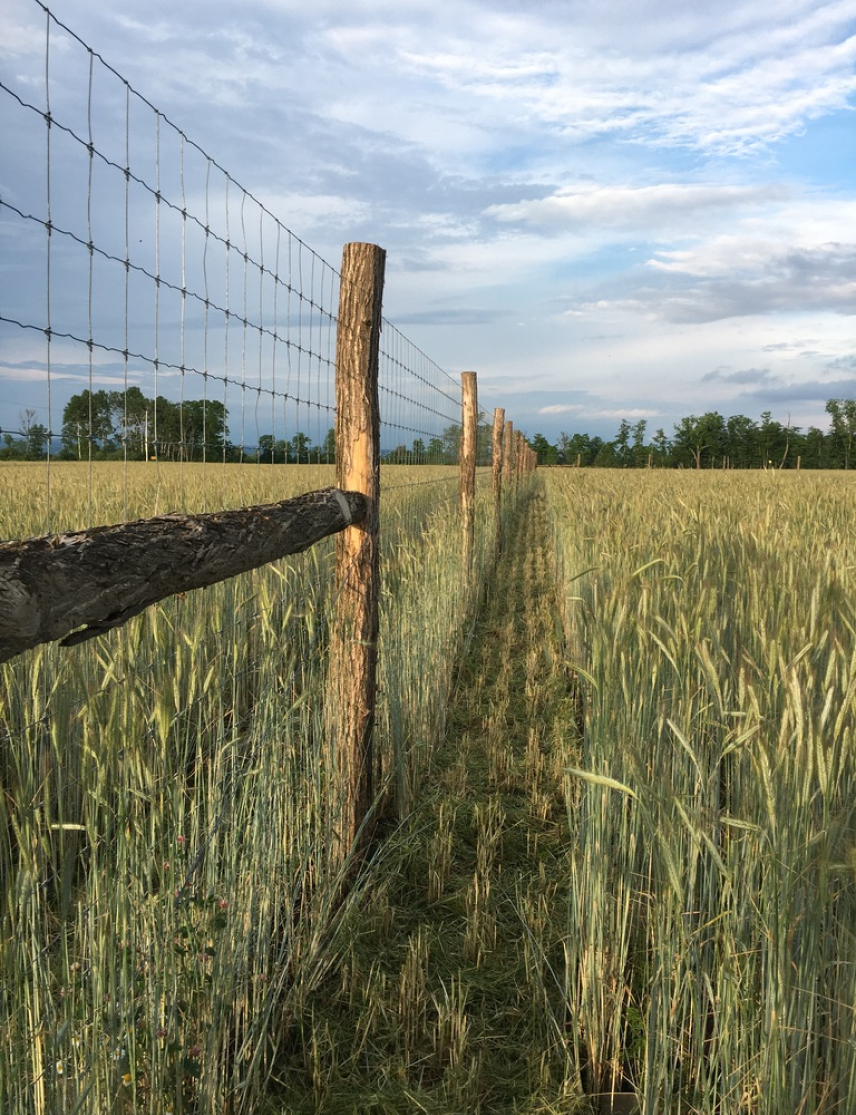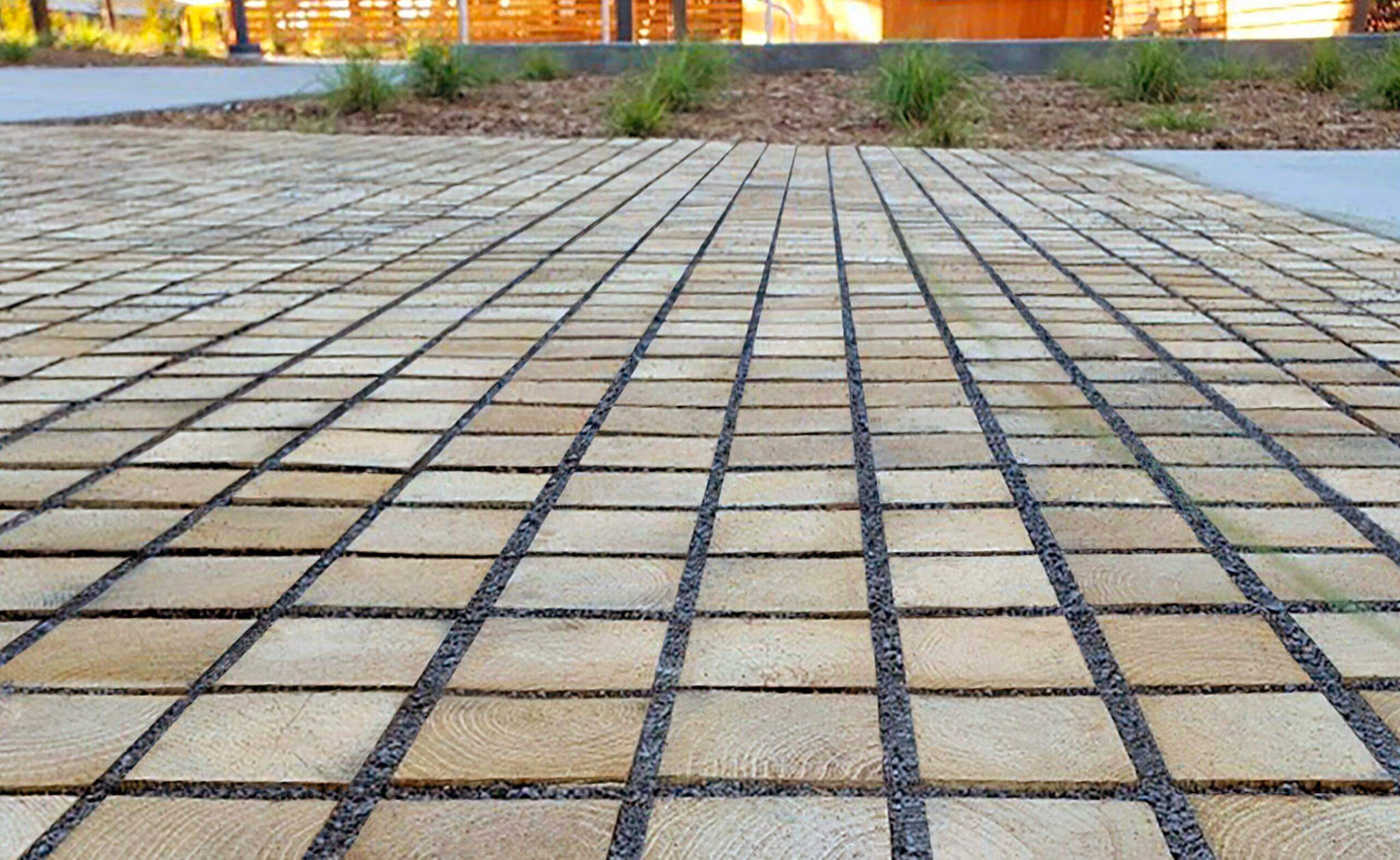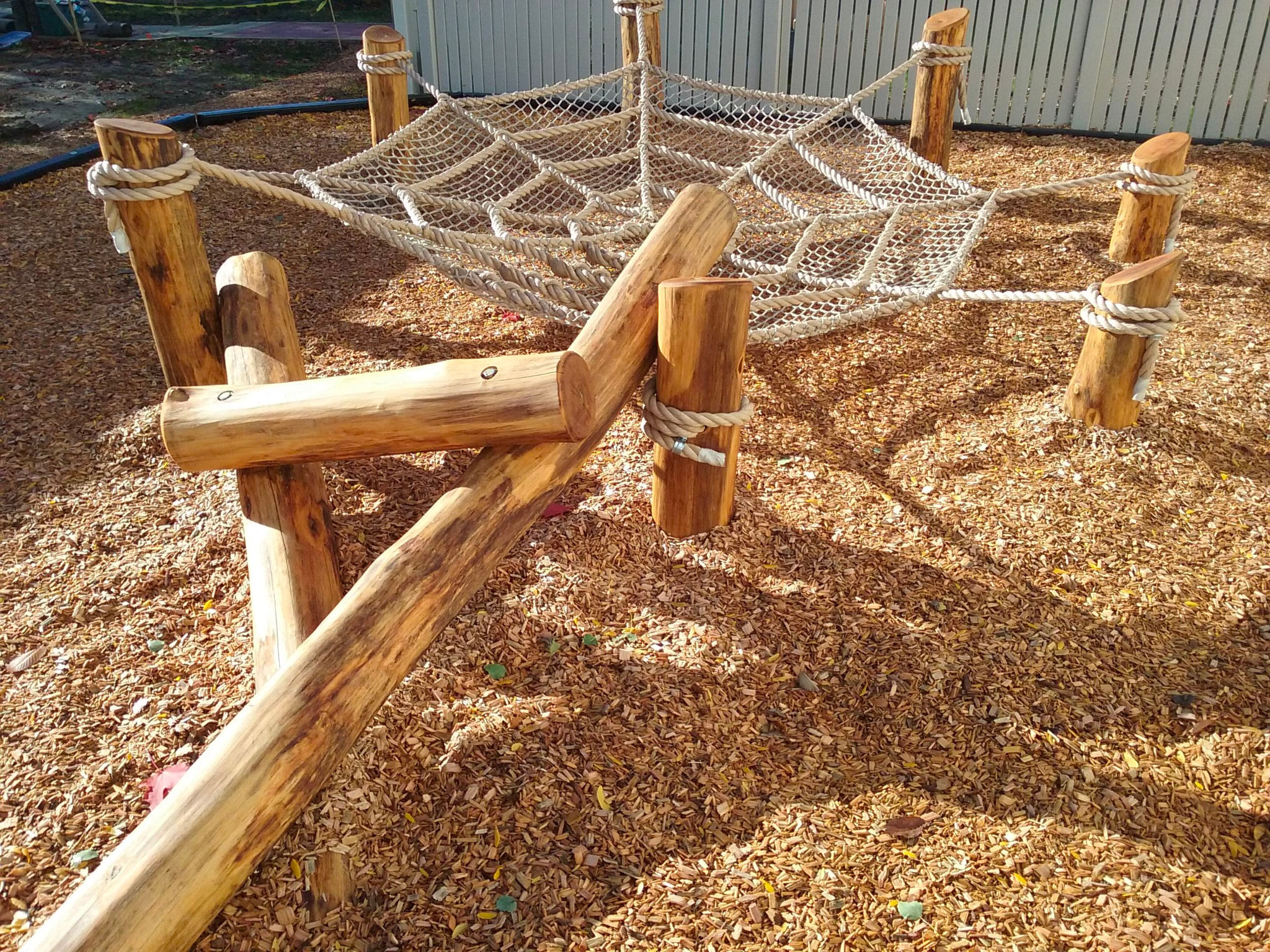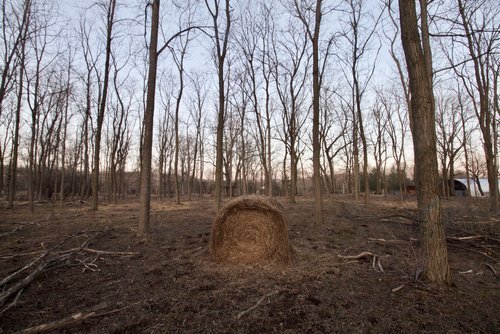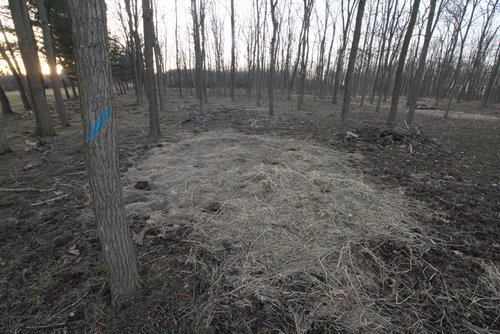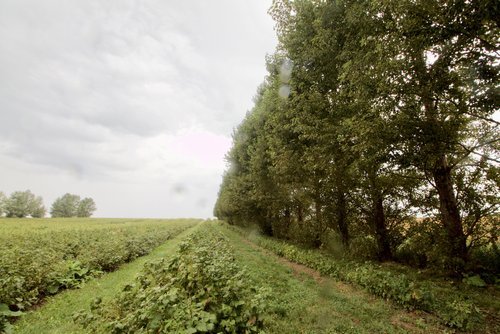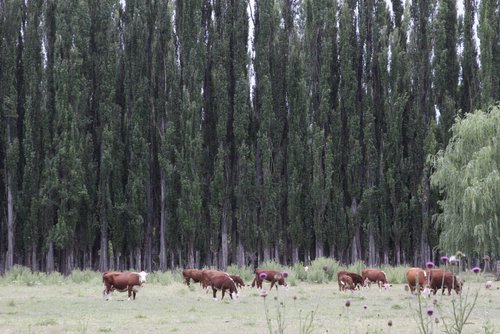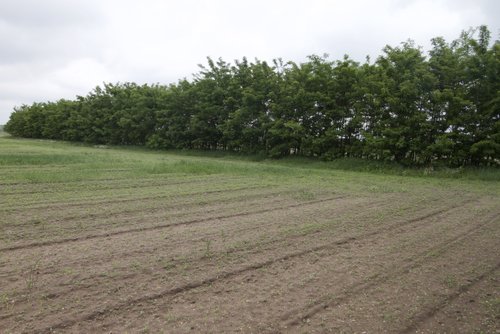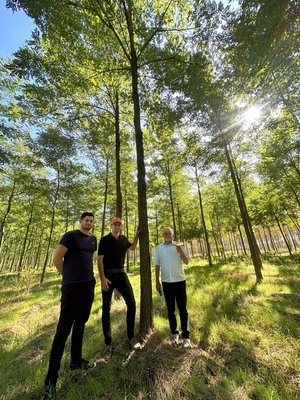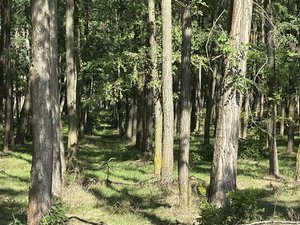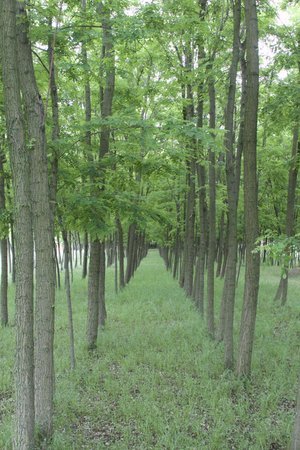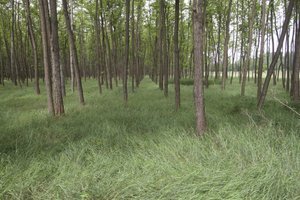The Business Case for Black Locust Agroforestry
Black locust has deep roots in American history. From the pole wood and firewood of indigenous peoples, to farmers’ fenceposts, to the naval warships of 1812, it’s been a mainstay. Black locust (Robinia pseudoacacia) is a fast-growing rot-resistant hardwood, and today it presents an exciting opportunity for farmland owners and operators. It’s a superior alternative to pressure-treated wood, and a non-commodity with ample opportunities for added-value, making for attractive economics in the timber market.
The ecological case for locust is also very good. The tree fixes nitrogen, can improve soil health, and reduces NPK runoff. Its large white flowers support native pollinators and honeybees (locust honey is phenomenal). Black locust heartwood is also extremely dense, and given its exceptional growth rate, the tree sequesters a great deal of durable carbon.
Farms can plant black locust strategically to create windbreaks, riparian buffers, or silvopasture — providing benefits to both crops and livestock.
It is important to differentiate improved clones of black locust from conservation grade seedlings. Clones grow straight like a flag pole, and seedlings end up curving significantly (pictured below). Straight sawlogs yield more wood products. For an in-depth discussion on black locust genetics, refer to our previous article.
Today we’ll look at the market opportunities for timber production, elaborate on the co-benefits these trees bring to farmland, and run through how to get started with black locust.
Market Opportunities for Black Locust
Black locust can be attractive to those who own, operate or invest in farmland. Timber generally has a high cash yield and is low risk. For this species in particular, we can expect a best-case 30 year internal rate of return (IRR) of 16%. That’s assuming 16-20 years until the first harvest, depending on geography. Due to a combination of objective utility and supply constraints, locust lumber prices reach that of black walnut, with the tree reaching sawlog size in one third of the time.
Below is an example illustrating the financials over a 35 year period comparing two scenarios: Growing just hay vs. growing hay and planting black locust in an alley cropping system. The visualization was built using economic forecasting from Overyield.
Use Cases
Black locust is naturally rot resistant and 30% stronger than white oak, making it fantastic for a wide range of outdoor applications:
Decking
Fence posts
Docks
Outdoor Furniture
Railroad ties
Playgrounds
Black locust is a superior alternative to chemically treated lumber, and is a cost-effective substitute for other rot-resistant hardwoods such as teak, mahogany, and ipê. It can be used in a variety of building applications, and in some cases can even be a substitute for stone or metal.
Example: The Decking Market
The global market for wooden decking was estimated at $7.6 Billion in 2022, and is projected to reach $9.6 Billion by 2030, with a compound annual growth rate (CAGR) of 3%. The U.S. has been the leading consumer of decks in recent years, with construction of new homes increasing by 9.8% in February 2023. Black locust is well-suited for this use case, given its rot resistance. Decks built with black locust can last 30+ years, compared to pressure treated pine at 10+ years.
Example: Substitute for Teak
In 2021, the US imported 45,000 metric tons, or 19.8 million board feet (BFT) of teak — a $80-160 million annual market value ($4-8 per BFT for imported teak). Black locust is sold around $4-$6 per BFT: domestic supply could feasibly offset demand for imports, and new domestic production could easily satisfy a percentage of global teak demand. China imported $41 million of sawn teak lumber in 2012, and India imported $592 million of teak furniture in the same year.
The State of Supply Today
To get a handle on current U.S. black locust production, it would cover an equivalent of 33,000 acres if current supply were to come from plantation silvopasture. Black locust is a common tree, and there exist a lot more black locust stands than are harvested. But high-quality sawlogs are not common. Sawmill recovery, i.e. how much lumber you get out of a log, is low, because wild-grown black locust is too often forked, branched, and curvy. Consequently, there is a massive opportunity to grow high-quality supply. Improved genetics and diligent pruning are imperative.
Where would we grow those trees?
Our research shows these regions (among others) have suitable soil and weather conditions. Black locust grows well in well-drained soil, and needs ample precipitation in summer. It is mildly drought tolerant, but dry conditions will increase pest pressure. The tree can grow next to waterways, but is not tolerant of flooding or wet feet.
Ecological Benefits to Farmland
Timber is just one dimension of economic benefit to consider. Revenue from wood products generates a cash yield, and black locust, when properly managed, provides a host of benefits to farming and grazing operations along the way:
Soil stabilization
Shade for animals
Nitrogen fixation: supports growth for interplanted forage and row crops
Attracts and supports pollinators
Prevents excess runoff to surrounding bodies of water
Agroforestry is defined as the intentional integration of trees and farming.
Here are a few ways we have seen or worked with black locust on farmland:
Silvopasture
Silvopasture with black locust provides shade for grazing animals, reducing heat stress in hotter months and wind chill in colder months — improving livestock well being. The wood harvested can later be used for fenceposts. We’ve published research on silvopasture systems, which black locust was a key part of.
Windbreaks
Black locust's rapid growth makes it an ideal choice for windbreaks. Strategically planted, it helps mitigate wind erosion, protects livestock, and creates a favorable microclimate for cereals, fruit, and vegetables. The photos to the right depict hybrid poplar windbreaks, but the concept is the same.
Forest Plantations
This application for black locust prioritizes timber over benefits to other crops or livestock. It can be suitable for sub-prime land in some cases, but should be approached with caution due to pest pressure in single-species stands. Plantations should be small, and ideally broken up with other tree species.
Riparian Buffers
Though black locust does not tolerate wet feet or flooding, not all stream sides consist of saturated soil, and these riparian zones can make an excellent place for black locust timber production. The permanent ground cover that the trees provide will slow and absorb nutrient runoff, mitigate erosion, and shade the water already in the stream – all of which supports fish and other aquatic life.
How to Grow Black Locust
Establishing black locust is fairly easy because of its growth rate and adaptability to various soil conditions. Growing these trees from seed is economically viable, but far less profitable and desirable compared to starting with improved clones. Here we’ll outline what we’ve learned about selecting genetics and share notes on management practices.
Selecting genetics
Our selection of improved black locust genetics focused on two things: straighter growth form and higher growth rates. Straight trees, often known as shipmast or pinnate, yield more milled lumber per tree, and higher quality lumber than wood from a curved or forked tree. In our work to date, we’ve selected a clone which we’ve called “Daybreak,” that exhibits a straight growth form and a moderately high growth rate. It is currently outperforming the Steiner Group black locusts in our trial in New York State by an estimated 50-60%. There are other elite clones available, namely Silvanus Forestry’s Turbo Obelisk, and we’ll continue to share our progress with the community of farmers and foresters interested in working with this species.
General recommendations for Black Locust management
Different genetics necessitate different management, but the same principles can be applied across most contexts.
Starting with proper site selection is always important. Look for areas with moderately-drained to well-drained soil, with at minimum 30 inches to either the water table or a restrictive layer.
Planting into beach sand or construction sand is not likely to be viable in North America, and 16 inches of rain during the growing season is necessary. The droughty summers of the Pacific Northwest are usually a no-go.
There are generally three management components important to success with Robinia:
Plant in loose, not-compacted soil. Silvanus Forestry highly recommends using an auger and not a tree planter, with the crown of the tree 7-12 inches below the soil line.
Control grass competition. Robinia is sensitive to herbicide, and thus cultivating next to the tree row in the early years is the best option. Managers will often mow instead of cultivating due to cost sensitivity, but this is an inferior management practice.
Prune your trees. This is the highest value added activity, and is easy to learn. For those unfamiliar with timber tree pruning, it’s much more easier than pruning fruit trees, and is much more intuitive.
Threats from pests
Black locust’s main pest is the locust borer (Megacyllene robiniae). It is not present in Hungary, but we do have to deal with them here in the United States. These insects can maim and deform drought-stressed low-vigor trees. However, in the right soils and with the right management, we can prevent detrimental effects. The Utah State University Extension provides a helpful overview of the locust borer, which highlights the need for the management practices we outline above.
What We’ve Learned from Working With Black Locust
Funding is Necessary
Although these trees generate significant returns, the upfront costs are often too high for farms to plant on their own. Financial support is essential to cover initial investment costs. Farms can tap into available capital sources through public funding if implementing strategies like alley cropping, silvopasture, or windbreaks.
The U.S. Department of Agriculture awarded $36 million to The Nature Conservancy, Propagate, and other partners to fund a 5-year project to advance these agroforestry practices which provide healthy, long-term agricultural production while reducing dependence on external inputs.
Get a free, no-commitment assessment to understand how agroforestry practices could be implemented on your land today.
Conclusion
Black locust is a multifunctional tree, presenting several options for farmland owners and operators to add a stream of income and create a multitude of ecosystem benefits. If you remember one thing about black locust, let it be this: black locust drives both profit and ecology.
How to get started
Our team is prepared to help you design, implement, manage, and finance a transition to incorporate black locust. We’ve learned from experience. What used to take 40 hours; Planning a farm with GIS programs, spreadsheets, and custom write-ups now takes less than 4. We’ve built a design tool, Overyield, that produces that same farm plan, which has a number of black locust templates to choose from, along with dozens of other tree species with which to analyze how forestry and agroforestry can benefit a piece of land.
We invite you to contact our team to learn about your land's suitability. Our farm service experts can assess your property, provide insights into the potential returns, and discuss available public and private funding options to support the planting of these trees.

